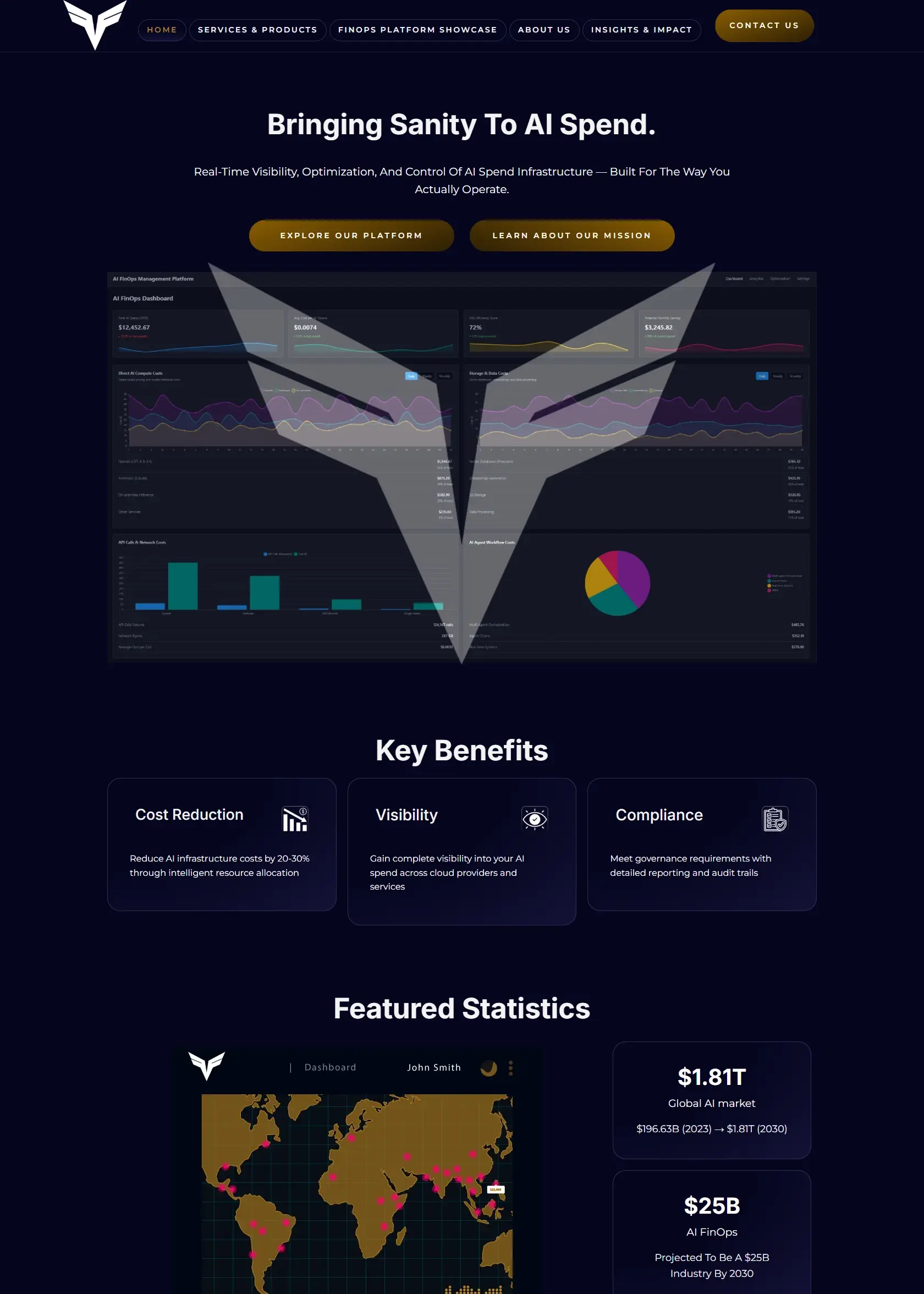To improve your SEO rankings, you must first set up tracking to collect complete and accurate data. Without proper tracking, it’s impossible to measure the effectiveness of your strategy or make informed decisions.
Why Tracking Matters in SEO
Before optimizing, identify key performance metrics (KPIs) such as:
- Website traffic (visits, unique users, and time on site).
- Bounce rate (how quickly users leave your site).
- High-value actions (coupon downloads, contact form submissions, etc.).
- Traffic sources (organic, social, referral, paid).
By using tools like Google Analytics, you can monitor how users interact with your content, track conversions, and refine your strategy.
Tracking Offline & Online SEO Metrics
For local businesses, measuring offline sales and linking them to online traffic can be challenging. To bridge the gap:
- Track coupon usage and customer inquiries.
- Monitor Google Business Profile, Yelp, and other listing pages for engagement.
- Compare sales data with spikes in website visits.
How to Set Up Effective SEO Tracking
- Install Google Analytics and set up goal tracking.
- Monitor social media interactions and third-party review sites.
- Log offline sales trends and seasonal fluctuations to find patterns.
- Establish a baseline to measure SEO-driven growth.
Final Thoughts
Tracking your SEO performance ensures that you make data-driven decisions. By correlating online and offline data, you can measure real impact and refine your strategy for continuous growth.


